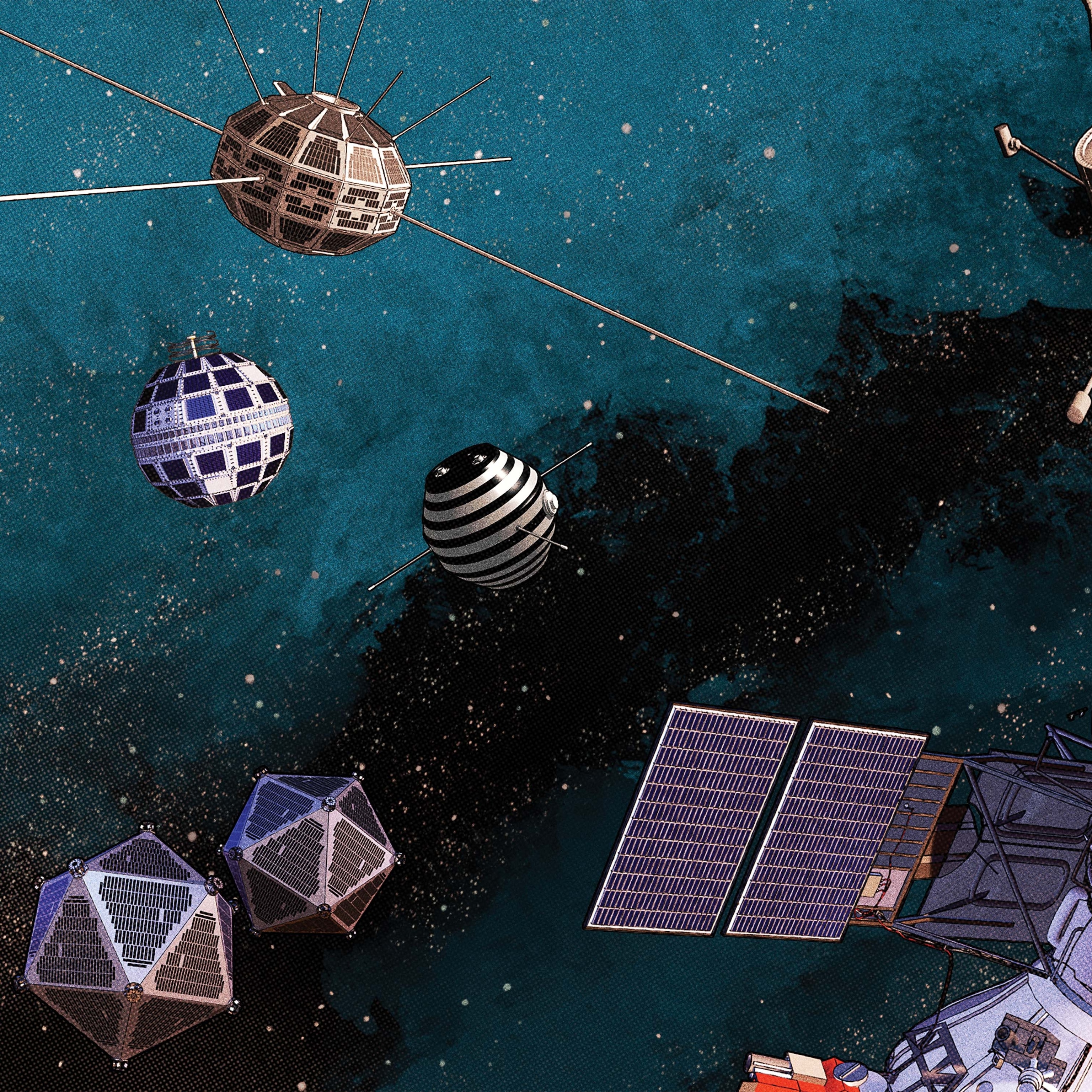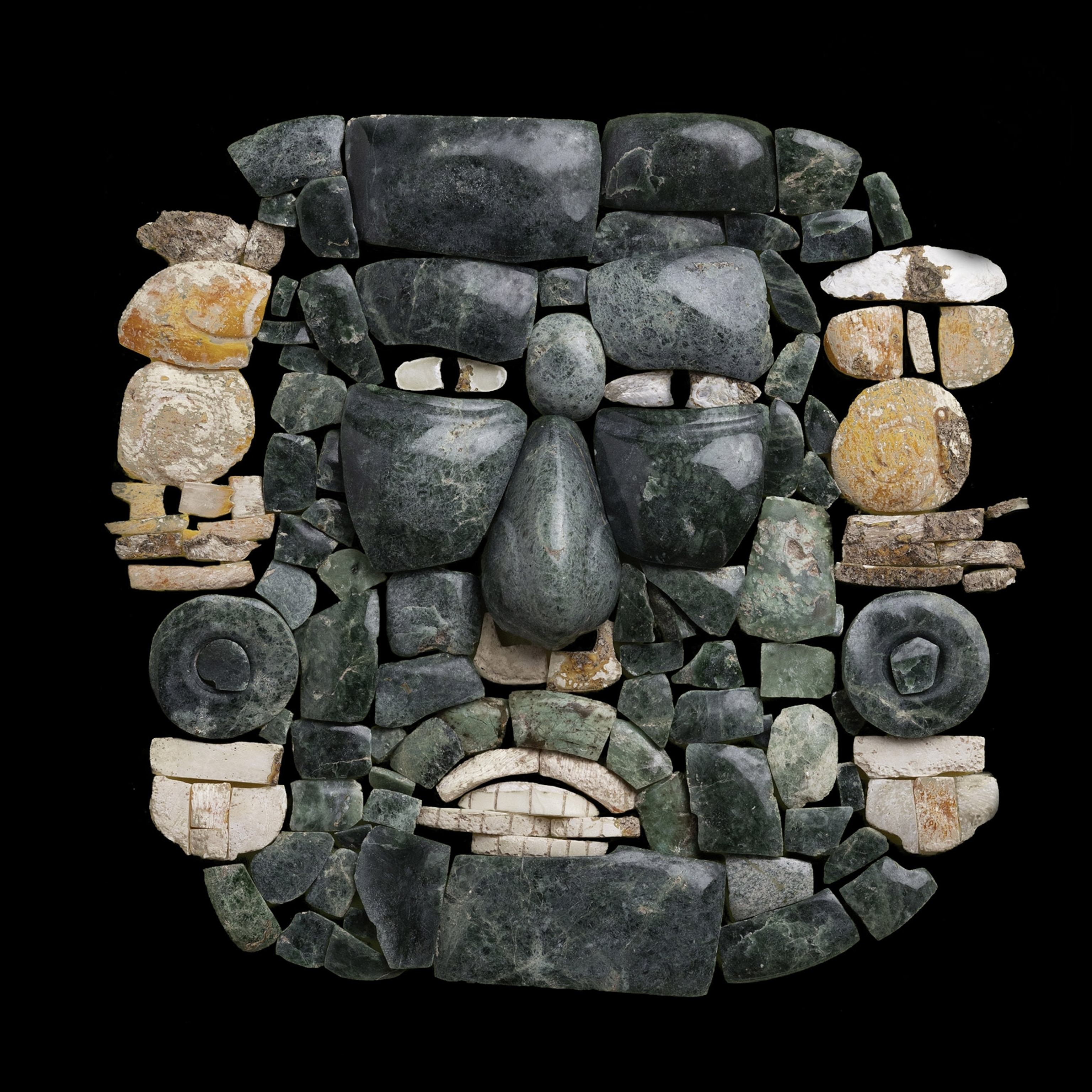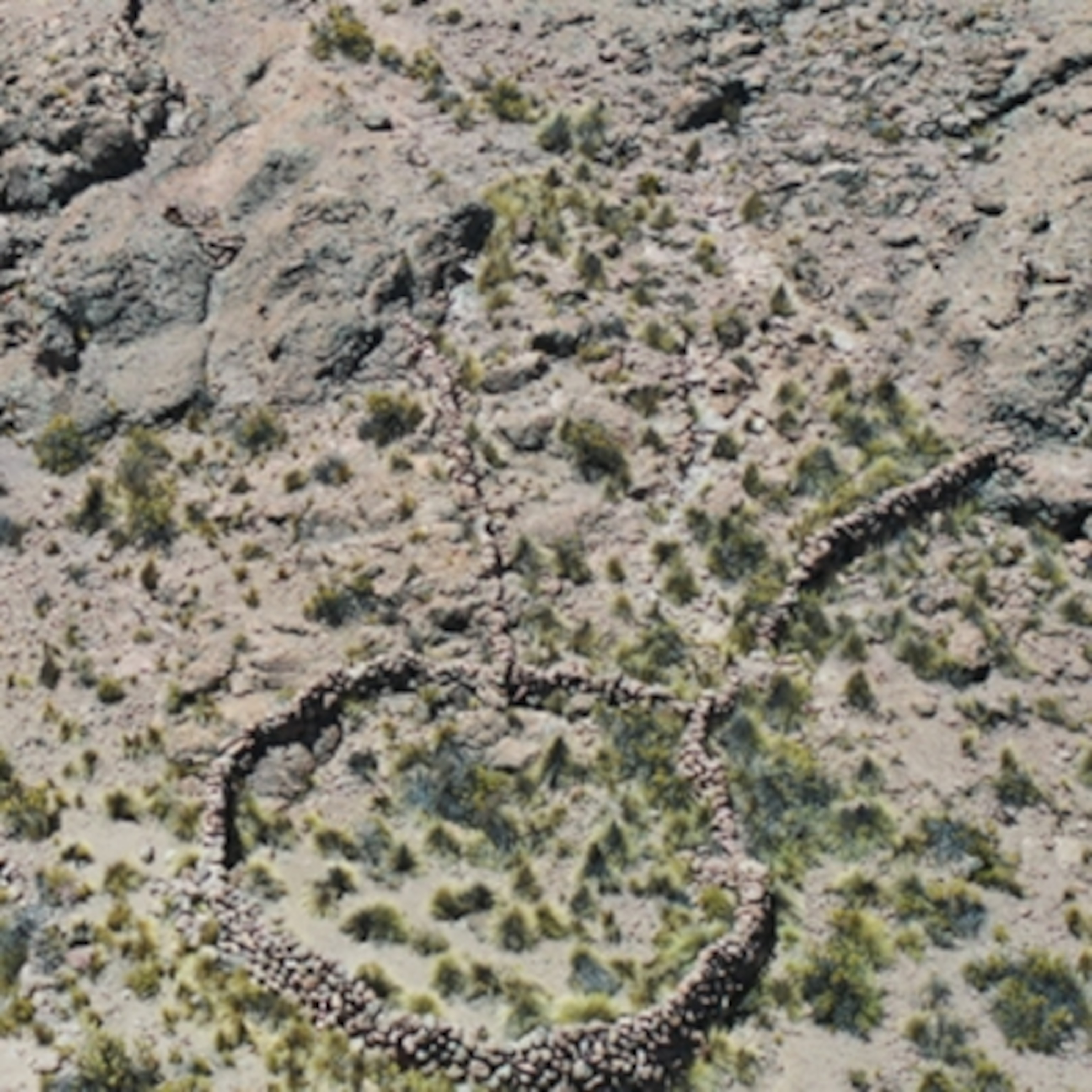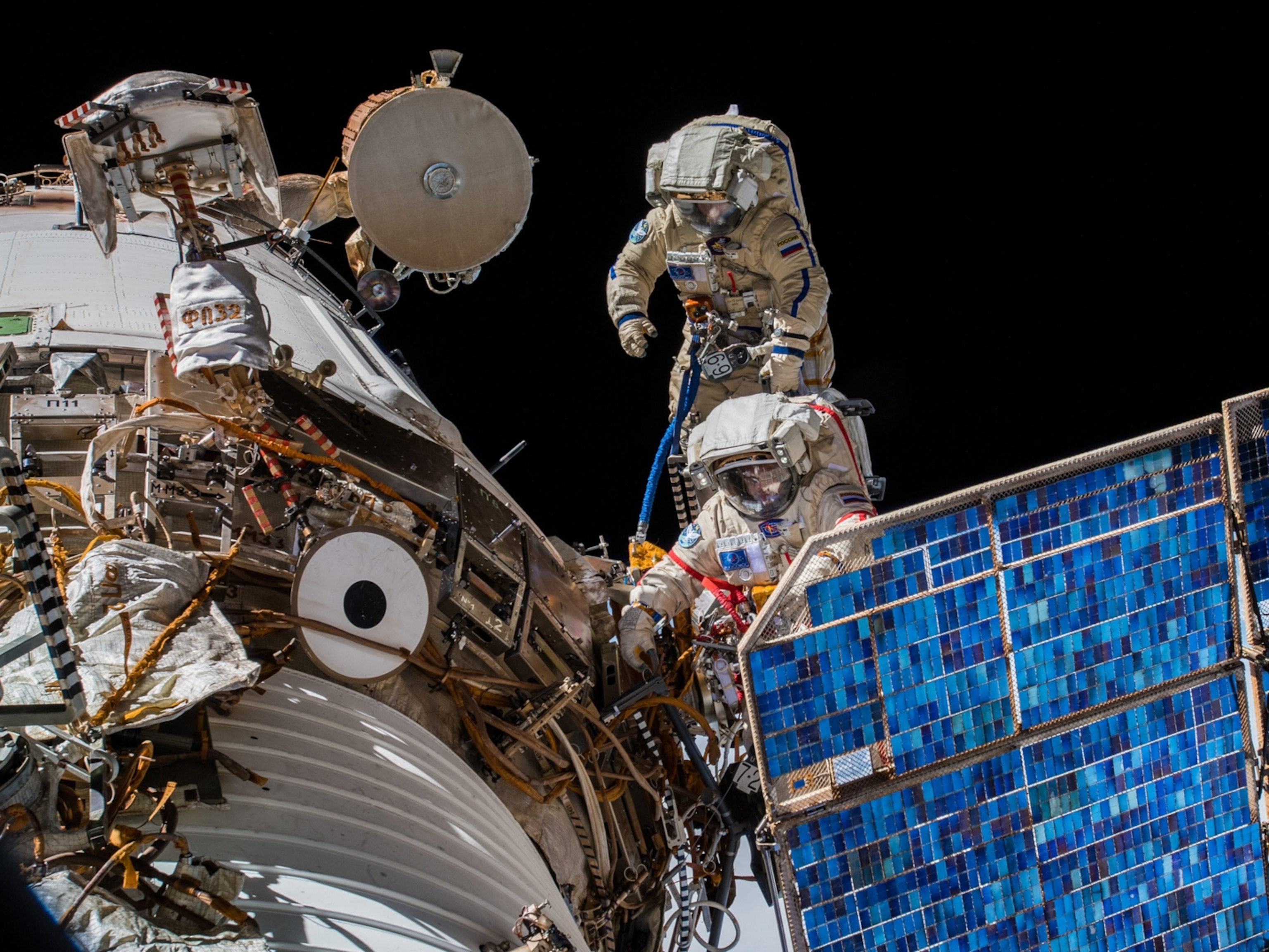
Dear MESSENGER: How unmasking Mercury brought art to life
Ten years after the NASA orbiter's arrival at the innermost world, author Kim Stanley Robinson reflects on how the planet inspired his fiction.
Dear MESSENGER:
Our robotic space explorers have given us many wonders, and yet people tend to overlook them, being so focused on the drama of humans in space. Of course putting people in space has been amazing, and those courageous and skillful astronauts have done great work.
But our robotic spacecraft have revealed the solar system to us in ways that would have been impossible without them. They have skills and characters, they execute their instructions, they make mistakes their friends have to fix. They persevere against great odds. Like the world’s great cathedrals, they are infused with the spirt of the thousands of people who collaborated to make them. Surely that makes them one of civilization’s greatest achievements.
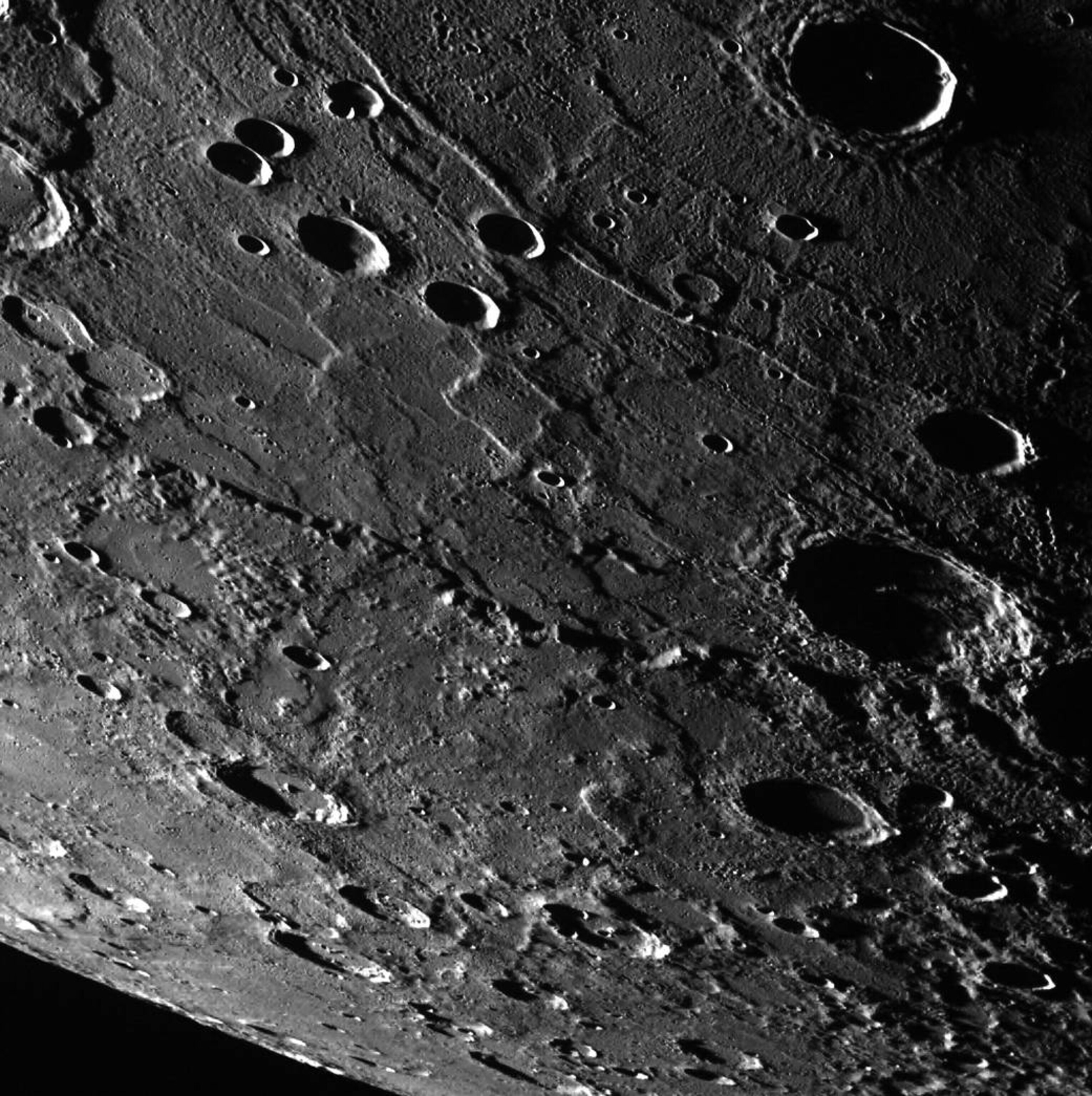
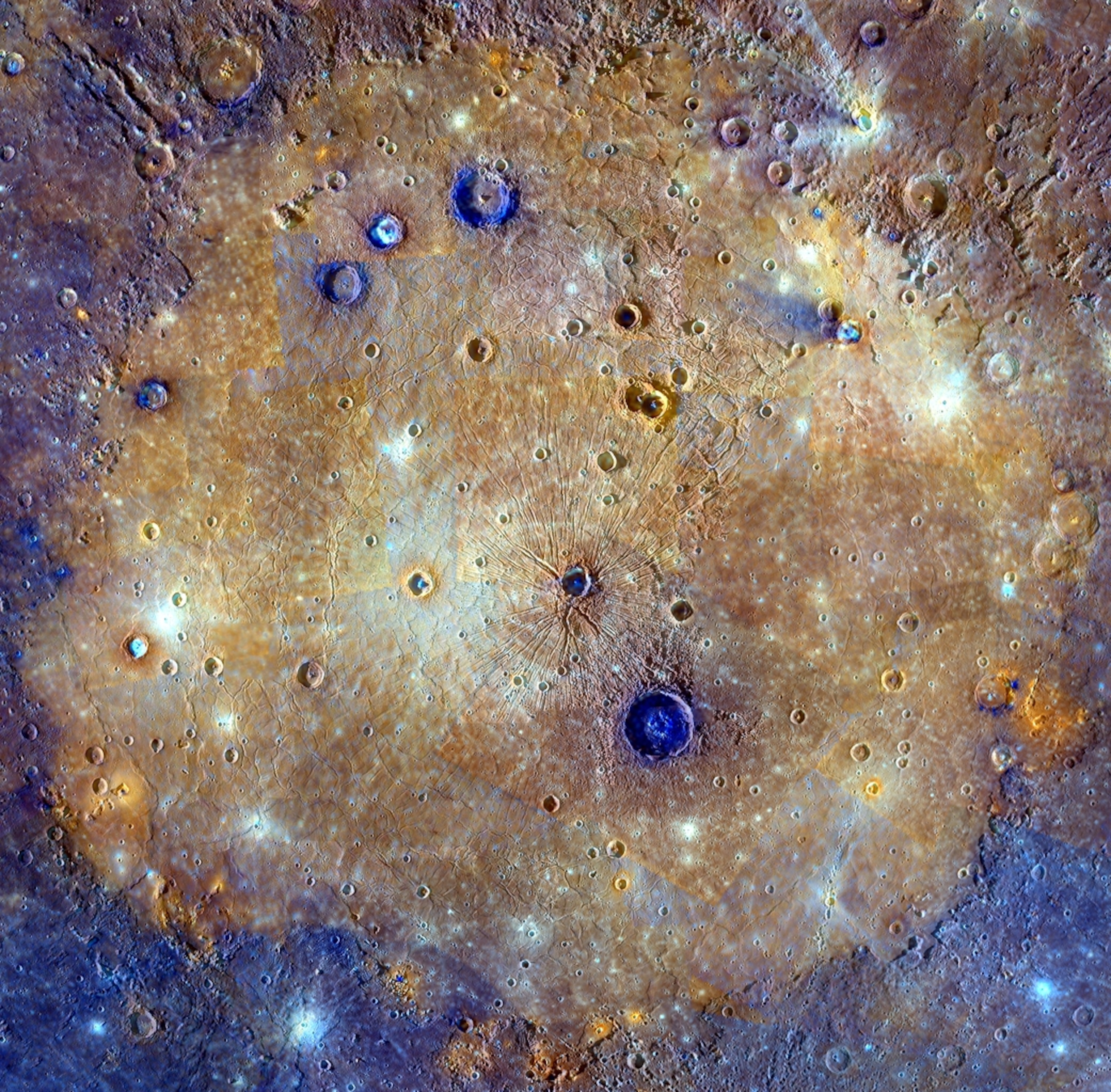
It’s also why I’m so fascinated with you, MESSENGER, and the huge step you represent. You were a brilliant machine that studied so many aspects of Mercury, our solar system’s innermost planet.
Drawn so close to the sun, Mercury flies through its orbit at an average velocity of more than a hundred thousand miles an hour. Its blistering motion across our night skies prompted the Babylonians and Greeks to name it for their messengers to the gods. Ever since, astronomers have tracked this courier closely, with telescopes and radar we’ve bounced off the planet’s surface—and as we’ve watched, Mercury has delivered hints of nature’s laws. Its anomalous orbit, for instance, helped confirm Einstein’s theory of relativity.
But for all Mercury has told us, sending our own messengers to the planet has always been particularly tricky. If you send a spacecraft directly there, our star’s immense gravity pulls it to a speed so fast that it shoots right by its intended target. The problem is so hard that the first robotic explorer of Mercury, the Mariner 10 mission of 1974, never orbited Mercury at all. Instead your predecessor flew down into an elliptical orbit around the sun, passing by Mercury three times to give us our first good view of the planet.
NASA published many Mariner photos in its Atlas of Mercury; I loved that tall, skinny atlas, even though that spacecraft’s low-resolution photos had only captured about half the planet. I studied it repeatedly as I wrote “Mercurial,” and then returned to the innermost planet in The Memory of Whiteness, Blue Mars, and finally 2312. By now I’m pretty sure I’ve written more fiction set on Mercury than any other writer!
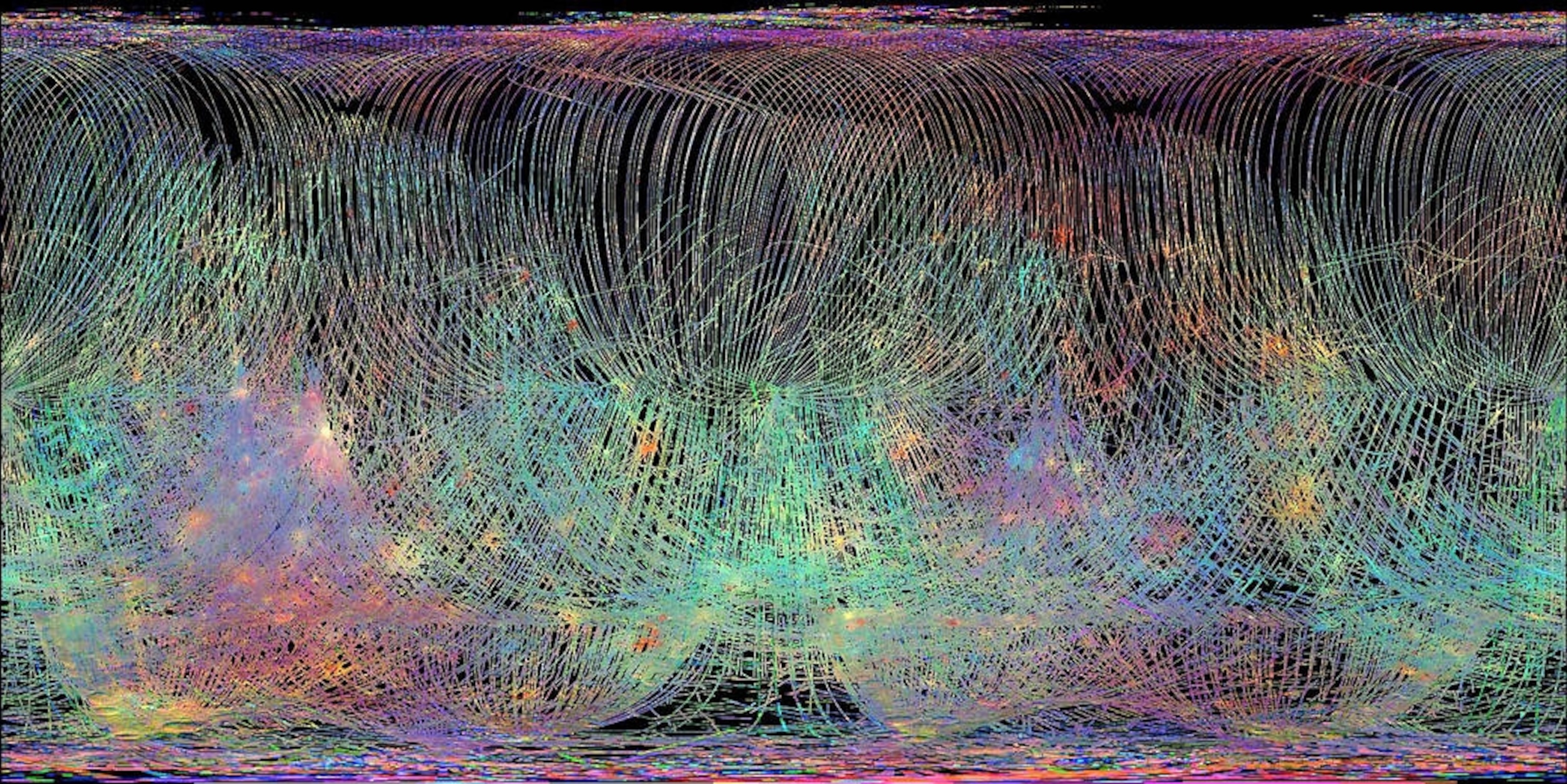
After Mariner 10 sent back those inspiring pictures, the International Astronomical Union decided that Mercury’s features were all to be named after famous writers, artists, and composers. Mercury isn’t alone in its whimsical nomenclature: Venus’s features are all named after famous women, and the moons of Uranus are named after characters from Shakespeare. But there’s a delightful weirdness to Mercury, as if the scientists naming its features were enjoying a mildly inebriated party game.
Homer and Holbein craters are touching rims. Goya overlaps Sophocles; Van Gogh touches Cervantes; Chekhov and Michelangelo are both big double rings. There are scores of other similarly evocative names and features.
My amusement at this artful naming, and my awe at Mercury’s proximity to the mighty sun, are the main things that kept me coming back to this small planet time after time. It’s also why I appreciate what you achieved.
Fast Facts: MESSENGER
Agency: NASA
Launch Date: August 3, 2004
Launch Vehicle: United Launch Alliance Delta II
Entered Mercury Orbit: March 17, 2011
End of Mission: April 30, 2015
Launch Mass: 2,420 pounds (1,100 kilograms)
Power Source: Solar panel array
You launched from Cape Canaveral in August 2004, a 2,400-pound payload about the size of a refrigerator. Along with minimal propellant, you carried solar panels, sun shades, navigational and communication devices, two computers, and eight or nine scientific instruments. Your roundabout voyage—covering about 14 billion miles—took seven years to complete. You performed close flybys of Earth and Venus to use them as gravity drags, which slowed you down enough that Mercury’s gravity (and a well-timed burst of retrorockets) let you finally settle into Mercurial orbit in March 2011.
Then, with each 12-hour circuit of your highly elliptical orbit, your instruments collected data and beamed it back to Earth, equipping scientists with unparalleled information. You spotted water ice inside craters near the north pole, and found that the center of Mercury’s magnetic field was located well to the north of the planet’s center of mass. You precisely mapped Mercury’s topography and managed to take down a comprehensive inventory of its surface material. Thanks to the trove of information you collected, we now know Mercury quite well.
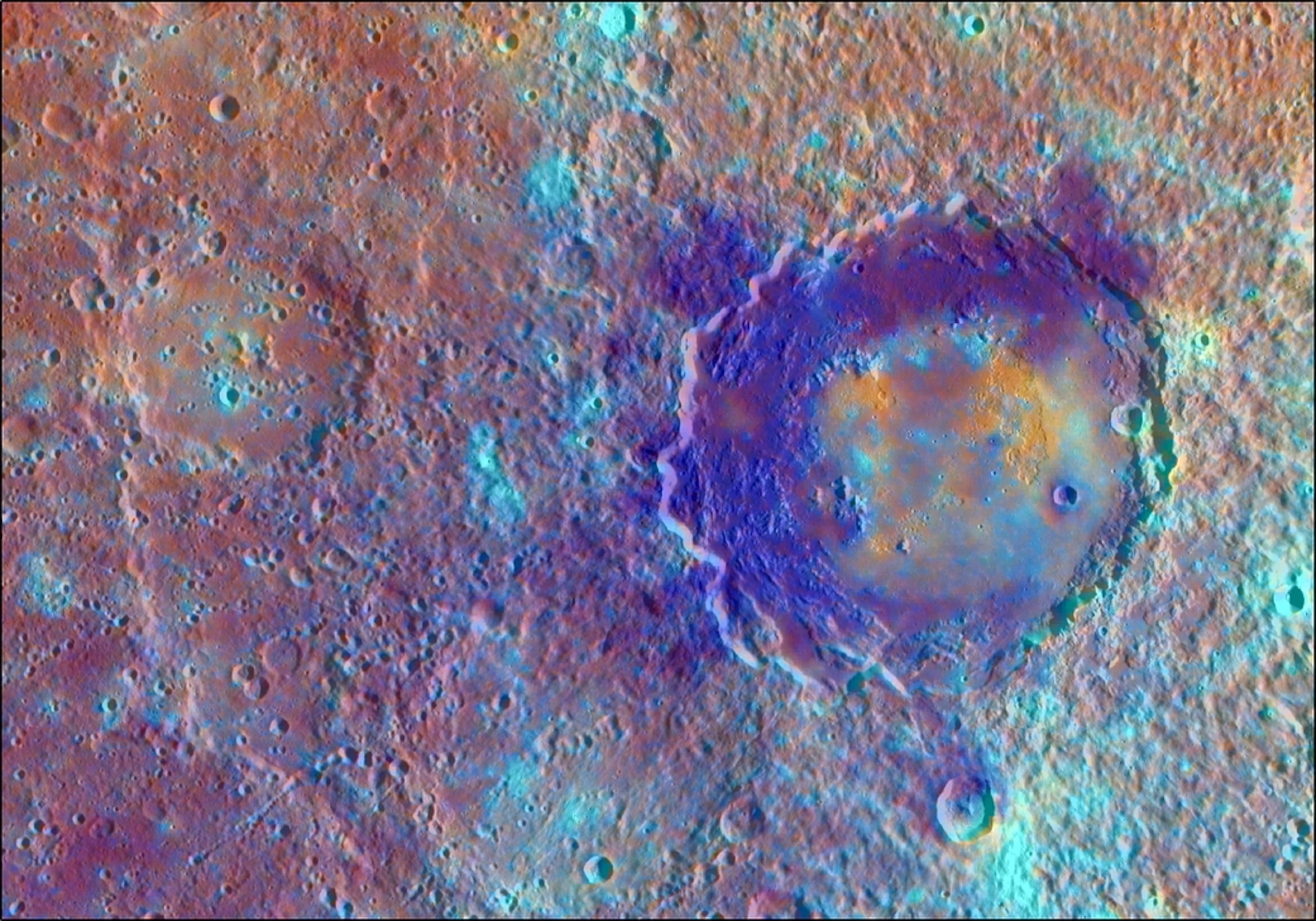
This knowledge enabled scientists to postulate a dramatic history for Mercury, explaining why it’s so dense and metallic. As the story goes, Mercury suffered a stupendous collision near the end of the period of planetary accretion, struck by a planetesimal so big that much of its crust was blasted into space. Anywhere else in the solar system, most of that material would eventually have been pulled by gravity back onto its planet. But Mercury is so close to the sun that sunlight itself drove these crustal fragments out of orbit before they could be recaptured. Many fragments probably landed on Venus, or even on Earth. Mercury was thus left without its outer shell, becoming a sort of core and mantle left bare in space.

You are now part of this unusual world. On April 30, 2015, having run out of fuel, you crashed into the planet at about 8,000 miles an hour. Your resting place, a house of the dead about 20 yards in diameter, lies somewhere near a crater named for the composer Janáček.
Thanks to the data you sent back, though, your story continues. A few years ago, I was invited to join a group that helped the IAU name five more craters that your cameras mapped. Turlough Carolan, Yousuf Karsh, Umm Kulthum, and Diego Rivera round out four of the craters, but the fifth name struck me from the beginning as an easy call: Enheduanna. Previously unknown to me, she was the first writer in history ever recorded by name, a high priestess of Sumeria who lived in Ur and wrote temple hymns on clay tablets. Now, she is immortalized in the rocks of Mercury, a crater with a giant rift escarpment running straight across it.
This, ultimately, is what robotic explorers like you have given us—a known and humanized solar system. Mercury is just a distant rock in space, in appearance not greatly different from our moon. People may not land on it for centuries to come, if ever, and few people today even notice it in the sky. And yet now, because of you, it’s part of our cosmic neighborhood—a place with character, named like every other landscape we know.
Enheduanna would probably write a better hymn than this. But you get the idea.
Yours,
Stan

